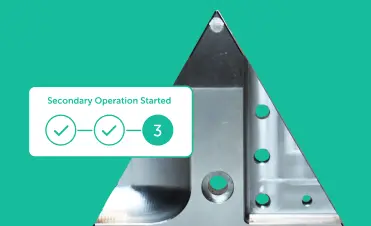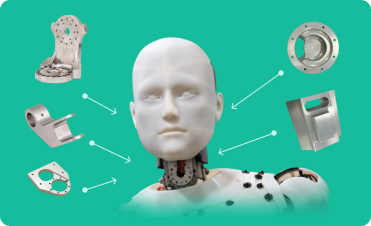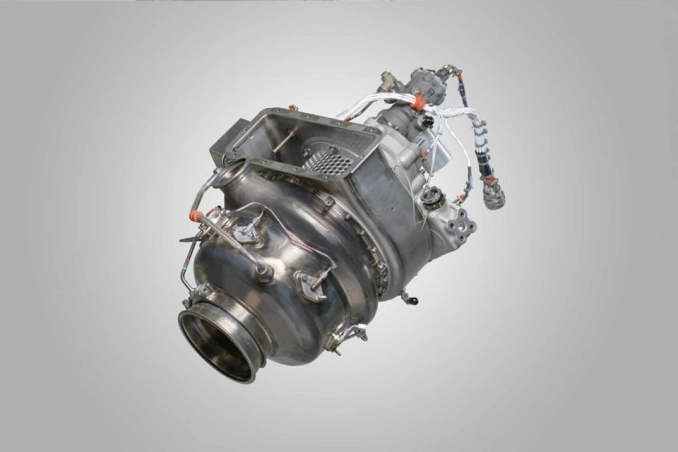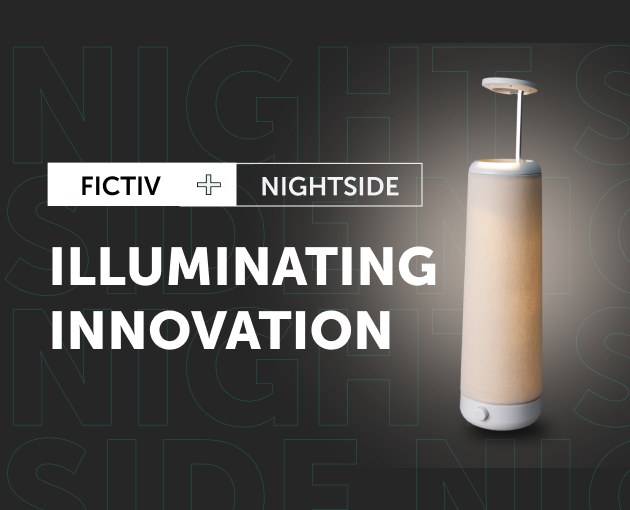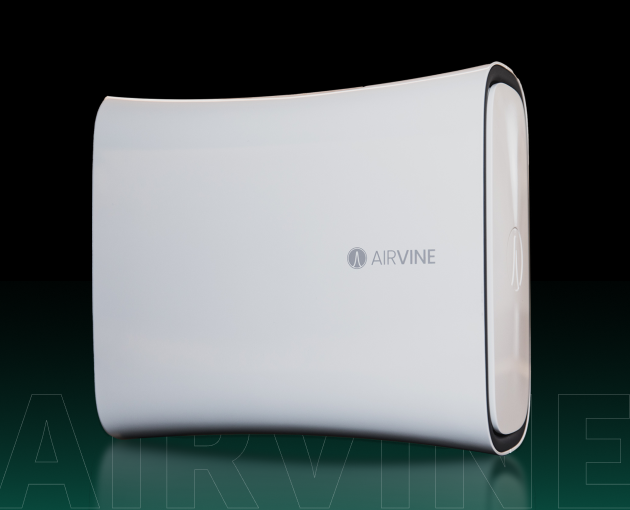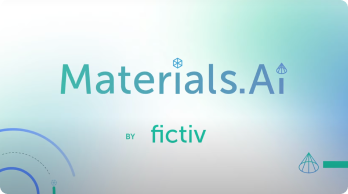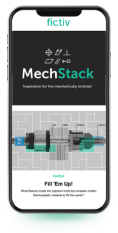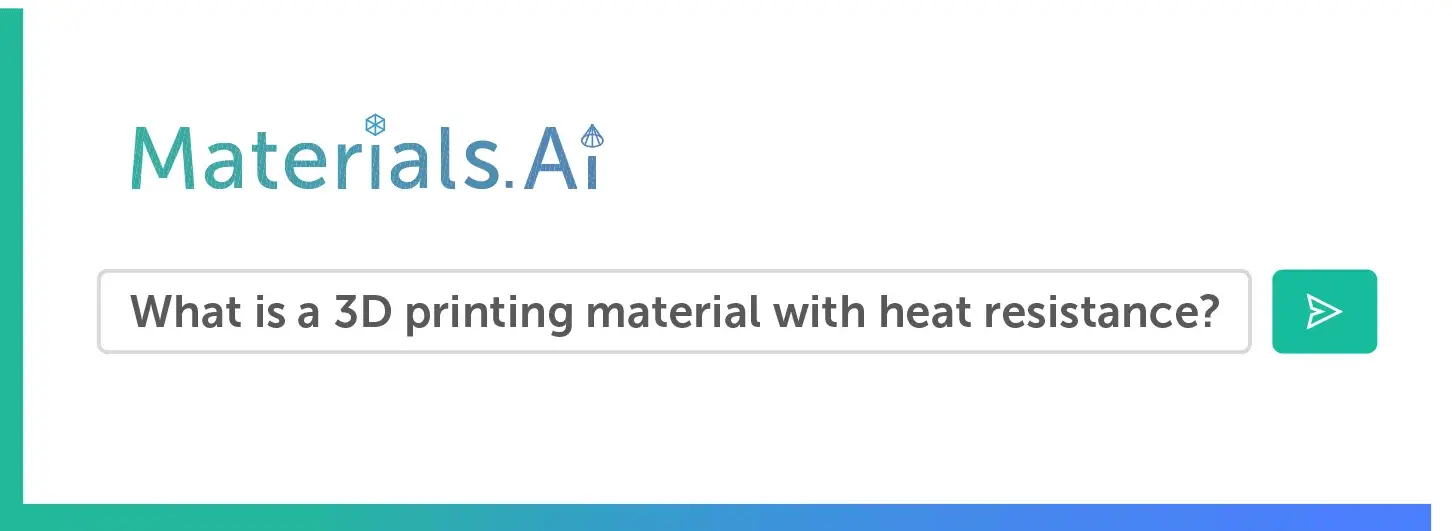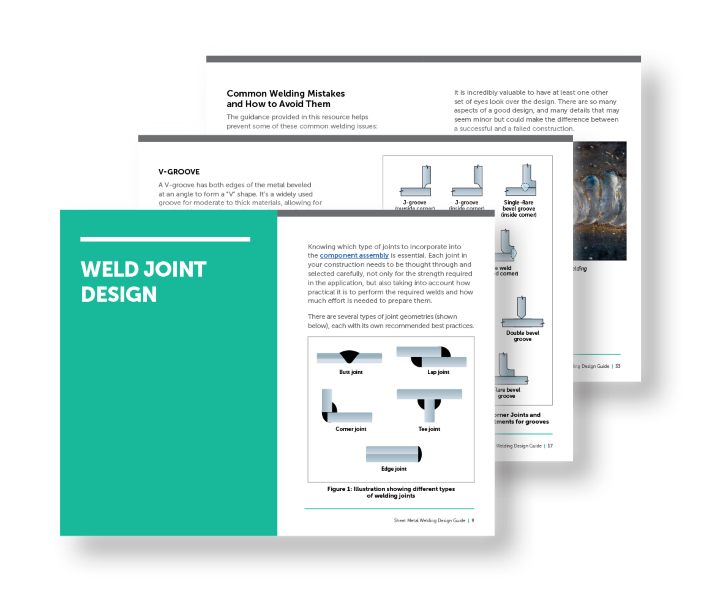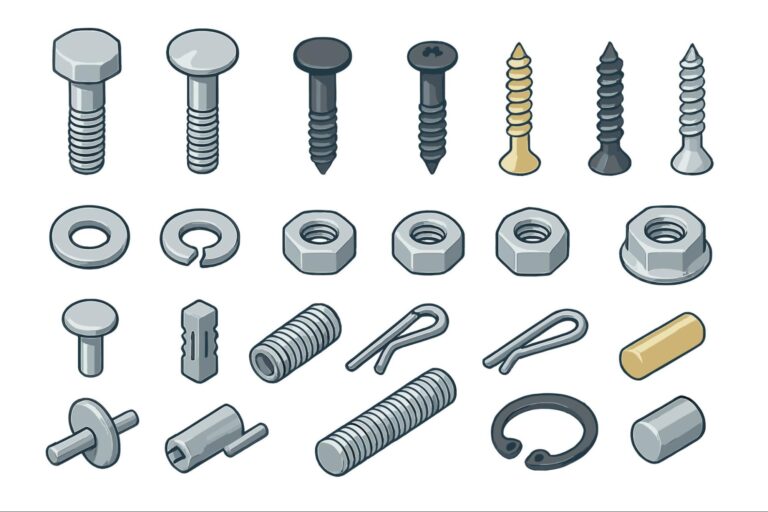Time to read: 3 min
Manufacturing is difficult enough without knowing the language most manufacturers use. Here’s a quick resource to help you learn the most common terms for describing physical parts.
Fundamental DFM Terms Across Processes
Undercut
In manufacturing, an undercut is a recessed or overhanging feature that obstructs direct tooling access.
- In CNC machining, it refers to a recess, groove, or overhang that cannot be reached with a standard end mill in a single toolpath or setup because it’s located beneath or behind another surface.
- In injection molding and casting, undercuts are features of a part that prevent it from being ejected directly from the mold or die in the open-shut direction.
There are various solutions to undercuts, although they may increase manufacturing cost and complexity:
- Multi-axis machining, or specialized cutters, such as T-slot, dovetail, or lollipop tools.
- Injection molding tools can include slides, lifters, collapsible cores, or split molds.
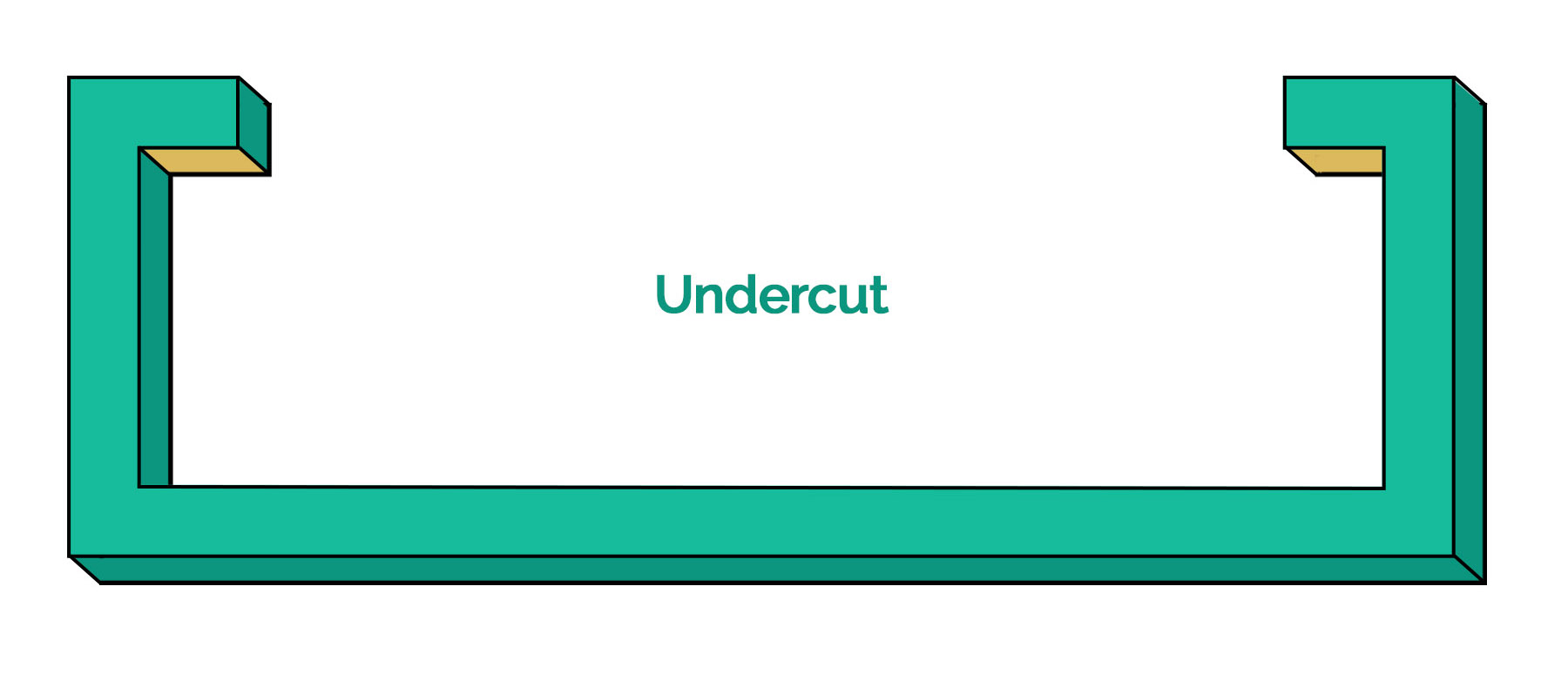
Through Hole / Blind Hole
Through holes refer to holes that are drilled, reamed, milled, or otherwise created that go completely through a substrate. Essentially, a through-hole is a hole that goes all the way through a material.
For comparison, a blind hole does not go all the way through a substrate and leaves a recessed surface. Both types of holes can be tapped to add threads for screws.
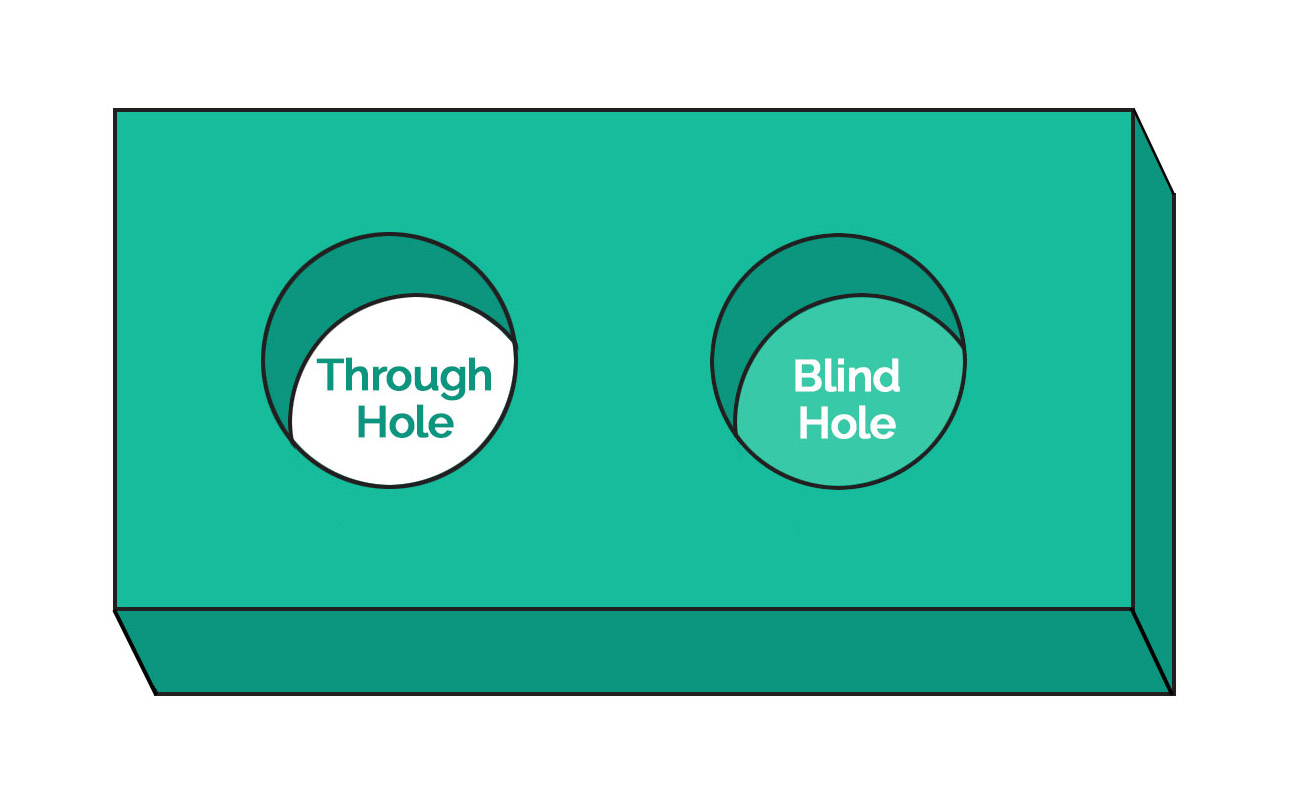
Boss
In manufacturing, a boss is a raised protrusion, typically cylindrical or conical. A boss often has a hole in the center, serving as a receptacle for fasteners to facilitate assembly.
Ribs
Ribs are protrusions like bosses, but thinner and longer. They are typically used more in additive processes to increase strength with minimal material thickness.
Core-Out
Coring out a part means shelling or removing internal material. For additive and molding processes, this reduces material and cost. For subtractive processes like machining, it can add cost, as more of the stock material must be removed.
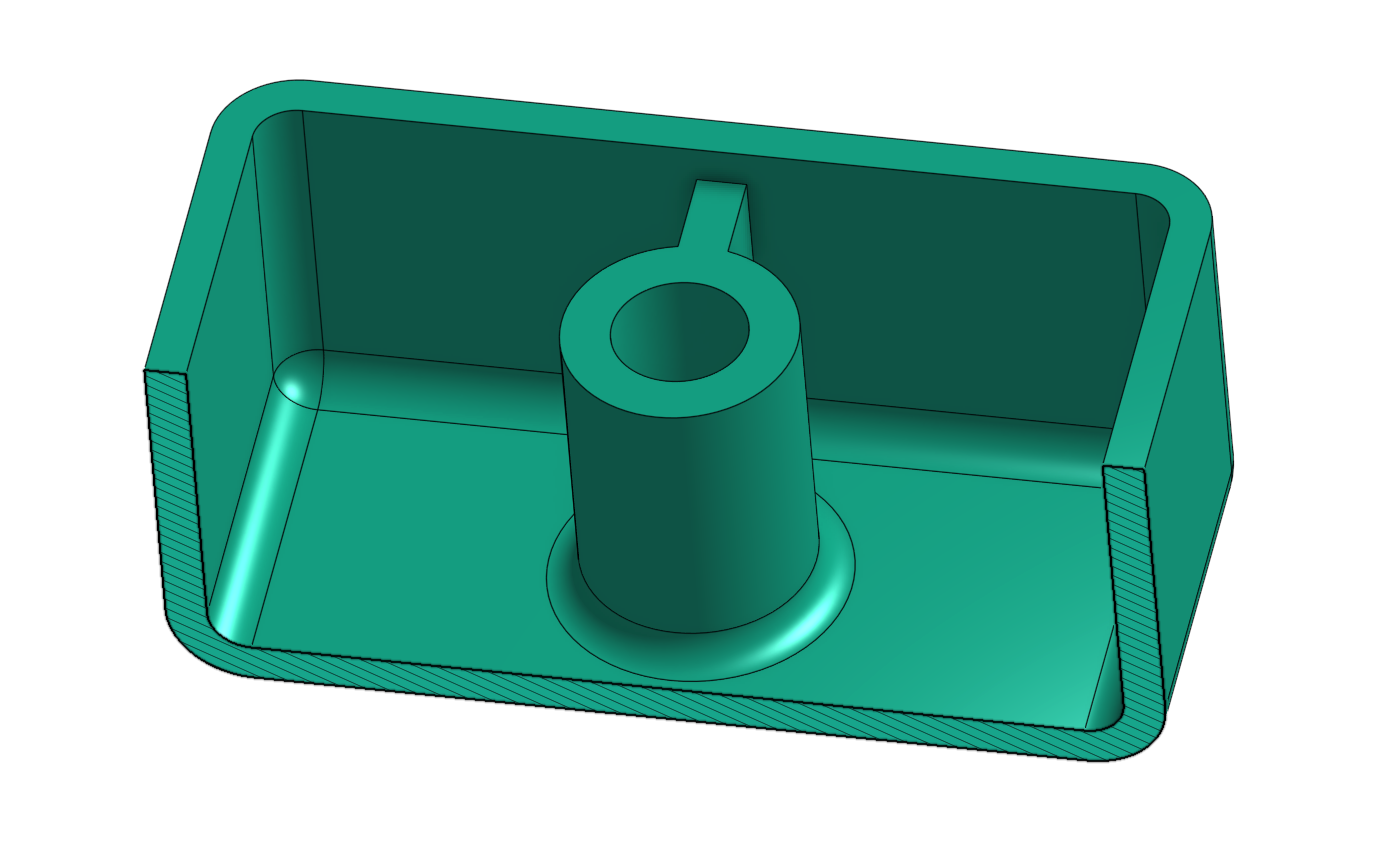
Fillets / Rounds
Rounded corners can be specified with an exact radius to improve stress distribution and tool access. Fillets are used for internal corners, and rounds are used for external edges.
Use fillets to avoid internal 90° corners for machining. With molding and casting, fillets and rounds that are not on the parting line typically improve moldability, but must be added carefully to maintain consistent wall thickness.
Threads
Threading is the process of creating a screw thread. More screw threads are produced each year than any other machine element in the world. There are many methods of generating threads, including subtractive methods (such as various thread-cutting and grinding techniques), formative methods (such as rolling and forming), molding and casting, additive methods (such as 3D printing), or combinations thereof.

Tolerance
Engineering tolerance is the permissible limit or limits of variation in:
- A physical dimension of features within a part or assembly
- A measured value or physical property of a material, manufactured object, system, or service
- Other measured values (such as temperature, humidity, etc.)
- In engineering and safety, a physical distance or space
A Tolerance stack-up is cumulative variance across multiple dimensions or components. This can be controlled in the design with GD&T (Geometric Dimensioning & Tolerancing).
Surface Finish
Finish typically considers the texture, or roughness, of a part’s surface. This can be specified and added to an injection molding tool. It may require a post-process such as anodizing or powder coating for metals, and sanding or a clear coat for 3D printing.
Applying DFM Principles with Fictiv
- Upload your design to Fictiv’s digital manufacturing platform for instant pricing and DFM review.
- Receive expert feedback on geometry, tolerances, and manufacturability before kicking off production.
- Access a global network of vetted manufacturers with capabilities in CNC, molding, casting, sheet metal, 3D printing, and more.
